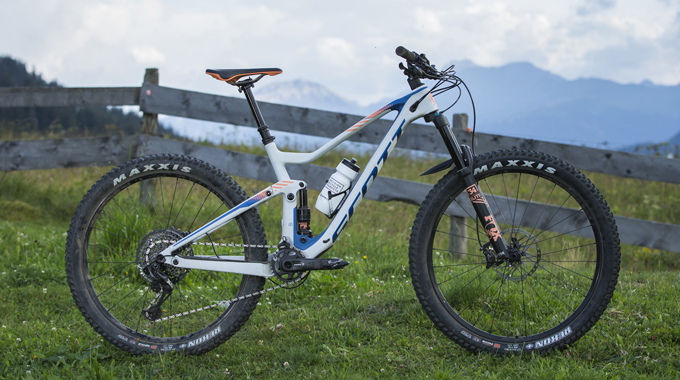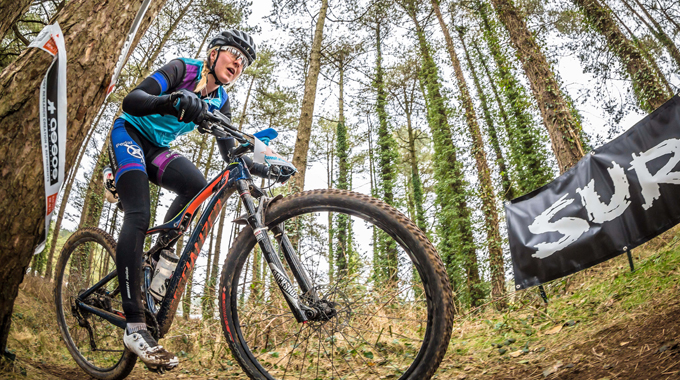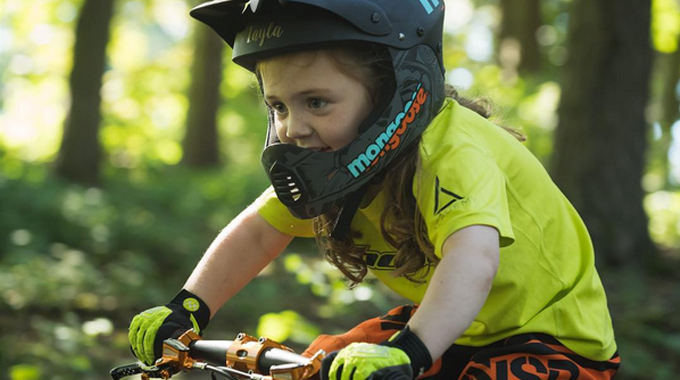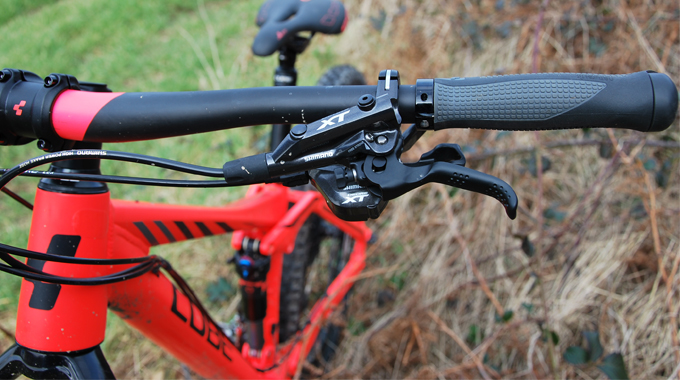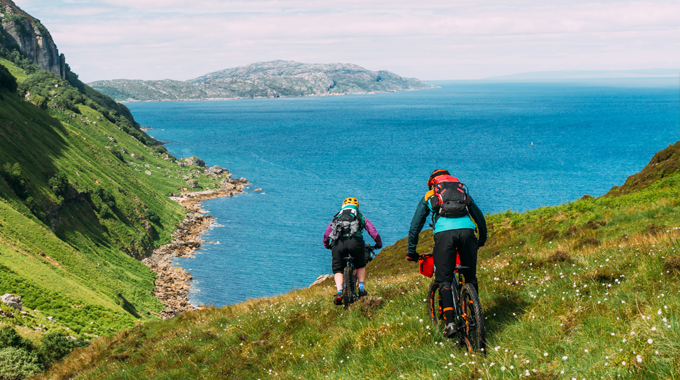It’s always a pleasure to hear from our readers – and we love to help out where we can with your questions.
Recently, we received a query from Sarah – a new mountain biker who was looking for some advice to help her on the way to becoming a champion climber. She told us:
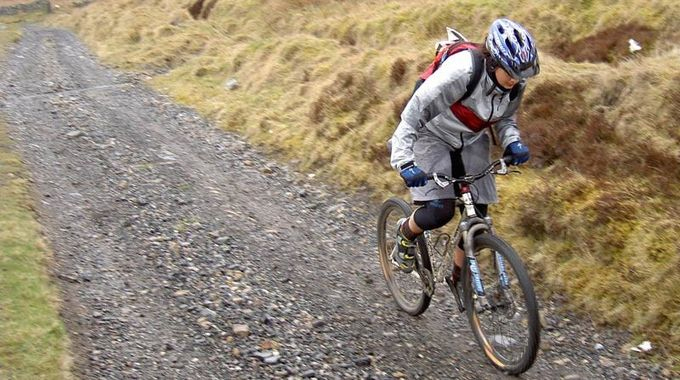
“I’m new to mountain biking, and I’m really enjoying it. My problem is that I tend to find rocks and roots on uphill climbs quite intimating. I’m always worried the obstacles will cause my wheel to go beneath me and tip me off balance. How do I deal with this, or overcome it?”
We know this is a struggle for a lot of people, and wanted to get some advice from an expert, so we spoke to Craig Scott, a director at Cyclewise, where they offer specific mountain bike training courses for women to learn new skills alongside other women.
He told us: “It is hard for the climbs, I know, but keeping some speed or momentum with you is part of the key to successfully getting over small rocks, roots, and other little obstacles.
“I’m not suggesting you need to be flying up the climbs, but once your wheels are travelling at a little more than walking speed, they’ll generate enough centrifugal force to keep rolling – and will want to stay upright.”
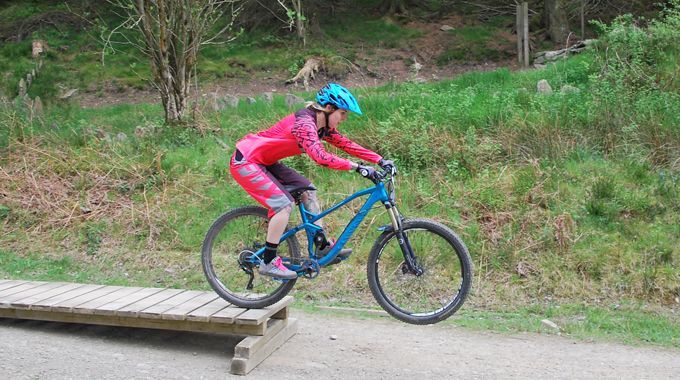
It’s not all about speed, however- he added: “If you can then try to hit obstacles at right angles, the wheel is more likely to ‘bounce’ over it.” By this, he means that you need to hit obstacles straight on – not clipping them or crossing at an angle. “All of this does require commitment”, he added: “Start small and work up to larger rocks as confidence grows.”
When you reach larger obstacles – the game plan changes slightly. Scott said: “Once [obstacles are] at fist-size you will need to apply additional skills, the most useful of these would be a basic power assisted front wheel lift.”
Ask the expert: 4 essential MTB skills
“Using the power of your legs, push down into the pedals and unweight the bars to allow the front wheel to clear the rock/obstacles. Once the front wheel has successfully gone over the rocks you then need to unweight the rear wheel in order for it to bounce over. This skill is best practised on flat ground until you can do it on demand, then you can apply it to the trails.”
You may also enjoy:


